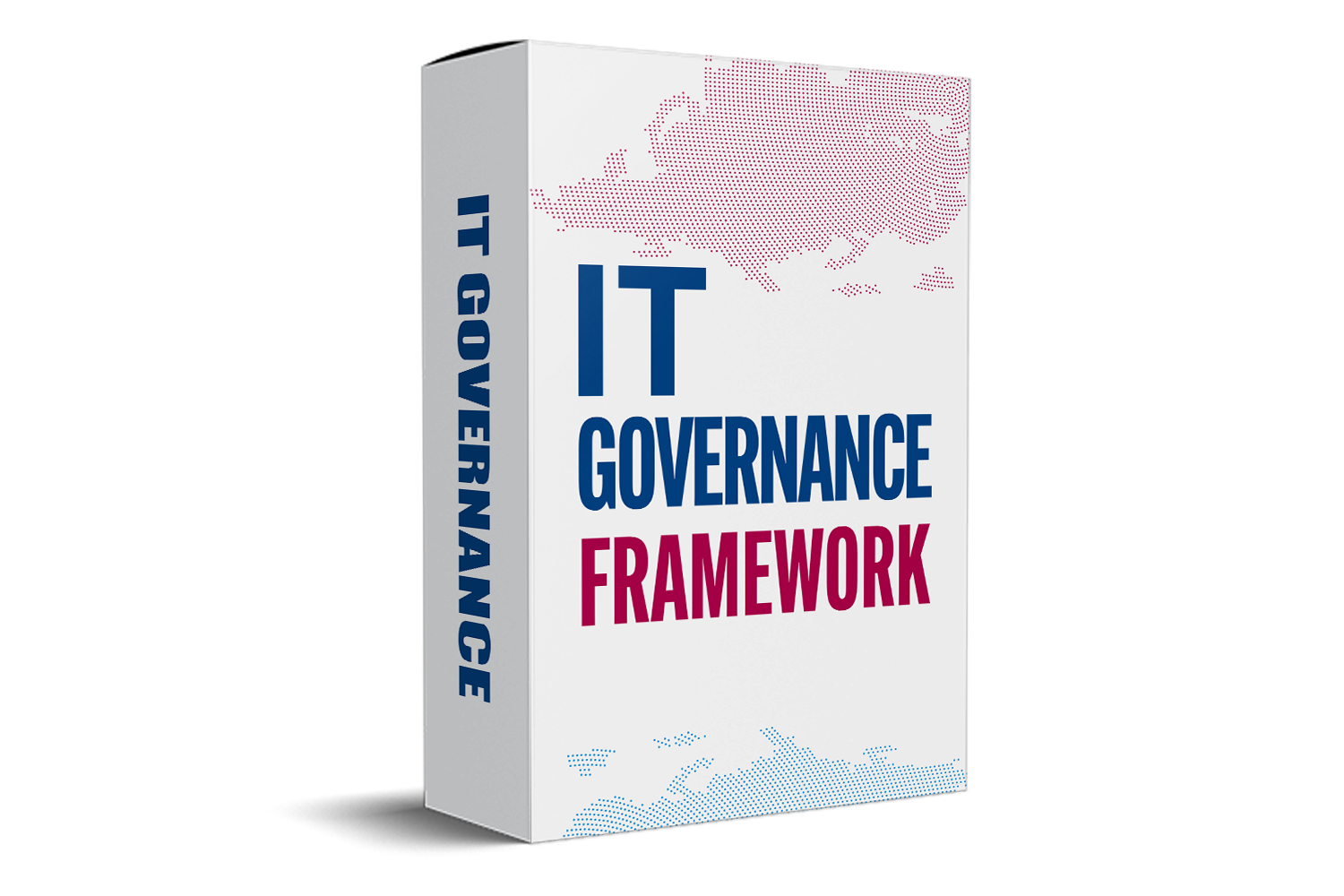Internal Audit Strategic Plan Template: A Comprehensive Guide to Enhancing Your Audit Effectiveness
Creating a strong internal audit strategic plan can transform how your organization manages risks, stays compliant, and builds trust. Every business needs a clear roadmap for audits—without one, you’re flying blind. Well-structured plans boost not just audit quality but also give you confidence that your organization is in control. This guide covers how to craft and use an effective internal audit strategic plan template that fits your needs.
Understanding the Importance of an Internal Audit Strategic Plan
The Role of Strategic Planning in Internal Auditing
Strategic planning aligns your audit actions with your company’s goals. Instead of just reacting to issues, your team works proactively on what matters most. A good plan helps prevent surprises, directs resources wisely, and covers the biggest risks first. Think of it as your internal map guiding you through complex terrain.
Impact on Organizational Governance and Risk Management
Organizations with a well-made audit plan often see better leadership and fewer risks. When audits focus on key areas, governance improves because issues are caught early. Many companies report faster resolution of problems and higher stakeholder confidence after adopting strategic plans. Data shows that structured audit approaches lead to fewer compliance breaches and better overall control.
Regulatory and Compliance Considerations
Regulations like SOX and GDPR impact how and when you audit. A strategic plan makes sure you meet these standards without wasting time or resources. It keeps your team on track and reduces chances of penalties or legal trouble. Staying compliant becomes easier when your audit activities follow a clear, robust plan.
Key Components of an Effective Internal Audit Strategic Plan Template
Executive Summary and Objectives
Start with a brief overview explaining the plan’s purpose. Set clear, measurable goals that support your organizational aims. For example, your goal could be to reduce audit issues by 15% or improve report timeliness. These objectives keep your team focused and aligned.
Risk Assessment and Priority Setting
Identify where the biggest risks live in your business. Use tools like risk matrices or heat maps to find critical areas. By understanding what could go wrong, you can prioritize audits where they’re needed most. This way, your team spends time and effort wisely.
Scope of the Audit Plan
Decide which parts of your business to audit. Do you cover all units or focus on specific departments? Setting boundaries ensures your plan is doable. Balance depth—digging deep in critical areas—and breadth—covering enough ground to catch other risks.
Resources and Budget Allocation
Estimate what you need—staff, technology, or outside help. Allocate your budget based on risk levels. For example, a high-risk area might need more auditors or better tools. Being smart about resources makes your audit plan more effective without overspending.
Audit Schedule and Timeline
Create a realistic timeline. Map out when each audit starts, how long it takes, and when reports are due. Leave room for surprises or emergent risks. Consistent scheduling keeps your team on track and prevents last-minute rushes.
Key Performance Indicators (KPIs) and Monitoring
Set clear ways to measure success. Examples include how fast issues are fixed or how satisfied stakeholders are with the process. Regularly check these KPIs and adjust your plan if needed. This keeps your audits relevant and effective.
Steps to Develop Your Internal Audit Strategic Plan Template
Conduct a Preliminary Organizational Assessment
Gather data on existing risks, past issues, and recent changes. Talk to managers and staff to learn what they see as risks. Their insights make your plan tailored and realistic. Building buy-in upfront makes implementation smoother.
Perform a Risk-Based Audit Needs Analysis
Use tools like SWOT analysis or data analytics to spot risks. Conduct workshops to gather multiple perspectives. Focus on high-impact, likely risks to guide your audit priorities. This creates a targeted and focused plan.
Drafting and Customizing the Template
Structure your template so it can grow or shrink as needed. Make sure it reflects your company’s goals and compliance needs. Write in clear, concise language so everyone understands their role.
Review, Approval, and Communication
Share your draft with top leaders and the audit committee. Get feedback and make necessary adjustments. Once approved, communicate the plan transparently across the organization. Keep everyone informed and engaged.
Implementation and Continuous Improvement
Start executing the plan with clear ownership. Track progress and gather feedback. Regularly revisit your plan to update risks or priorities. Adaptation is key to sustained success.
Best Practices and Tips for an Effective Internal Audit Strategic Plan
- Use modern audit software to automate and organize tasks.
- Build in flexibility to respond to new risks quickly.
- Engage your stakeholders often—listen and adapt.
- Learn from peer organizations or industry benchmarks.
- Invest in ongoing training for your audit team to stay sharp.
Conclusion
A strong internal audit strategic plan acts like a lighthouse, guiding your organization through the fog of risks and compliance. The key lies in customizing your template to fit your unique needs, focusing on high-risk areas, and staying flexible. Starting today, craft your internal audit plan and watch your organization grow more transparent, compliant, and resilient. Remember, the effort you put into planning will pay off through smoother operations and greater stakeholder trust.



